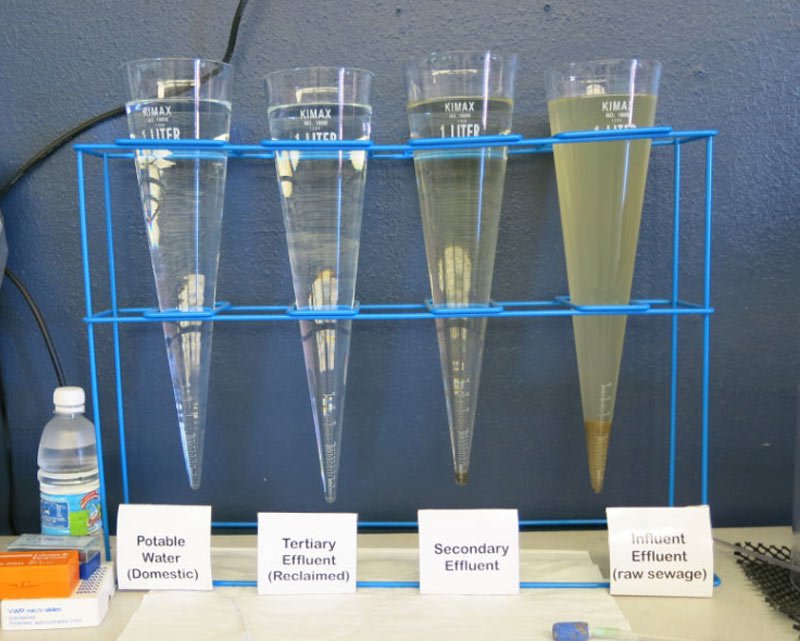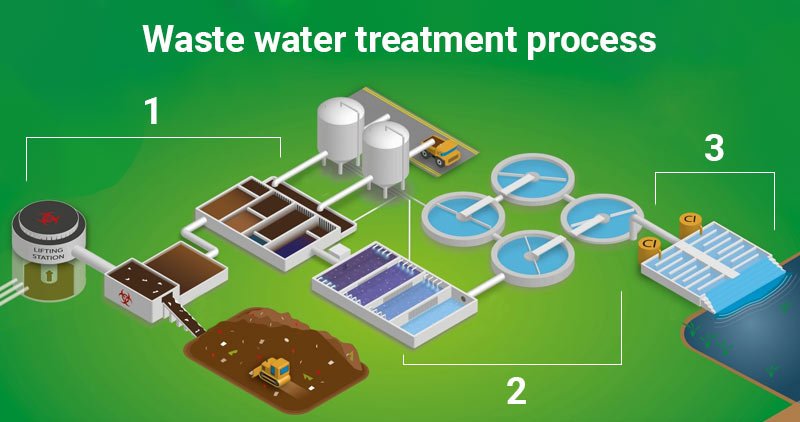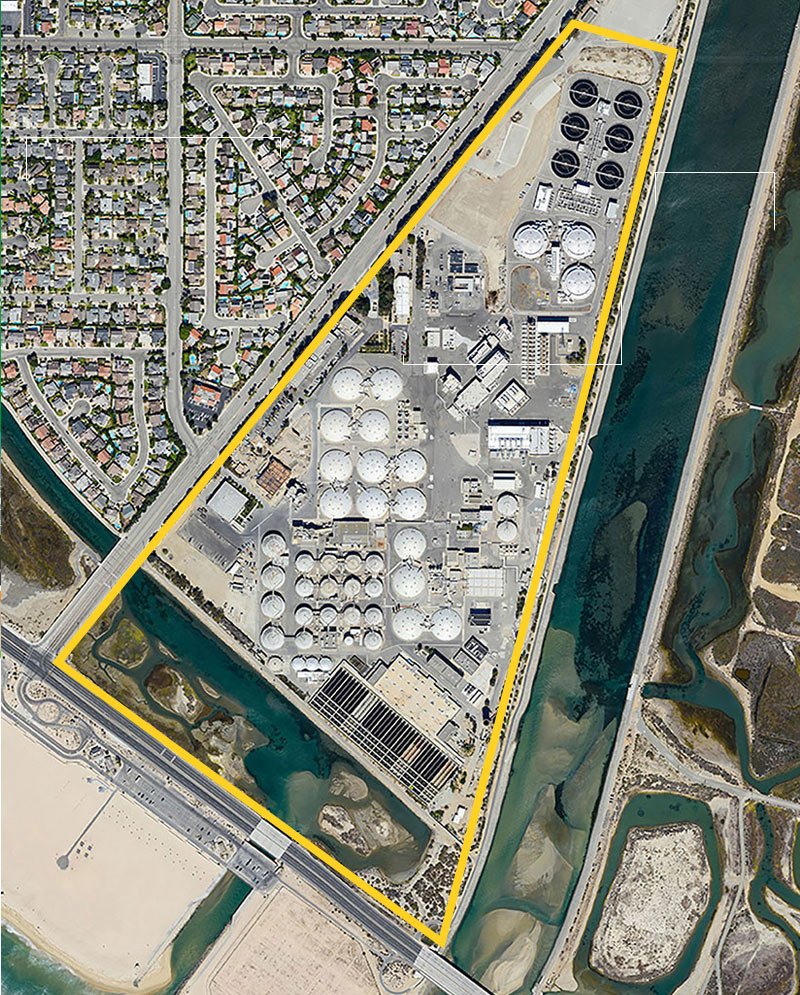Reclaimed water for drinking? The concept generates a gather mixed response. On one hand are people who are ready to embrace this new concept because it helps them save the environment. On the other hand, are people who get that icky factor just by the thought of it.
Can water truly be reclaimed? Can it have purified from mere sewage to pure drinking water? The answer is yes. Not only is it purified to the best standards but it is also a breakthrough in water conservation.
How is Wastewater converted into Drinking Water -The Process

1. Primary treatment
2. Secondary Treatment

3. Tertiary Treatment
The third step filters all the remaining solids from the water, injects chlorine to disinfect it and finally removes the salt. The water which passes tertiary treatment is fit for agriculture and irrigation purposes.
4. Microfiltration
The tertiary treatment is not the end of it. Tertiary-treated water undergoes advanced water technology. This involves microfiltration that strains out any remaining solids the water may be contaminated with.
Fact
Planet Earth has now around 500 “dead zones,” the equivalent to the territory of the United Kingdom.
Read more facts : Water pollution UK
5. Reverse Osmosis
The most important step is this – reverse osmosis. It applies pressure to water on one side of a membrane and allows pure water to pass through. All the virus, bacteria, protozoa, and pharmaceuticals are left behind. Finally, the water is disinfected using ultra-violet light (UV) or ozone and hydrogen peroxide.
6. Introduction to groundwater
The water is then introduced into groundwater reservoirs where it is further purified by layer after layer of soil. After a span of half a year, the water is sent to drinking water supplies. This is done mainly to relieve public anxiety and their reluctance about drinking recycled water.

Countries which supply reclaimed water for drinking purposes
Once drawn from groundwater, the recycled water goes through the standard water purification process. You see the elaborate purification process that follows? It makes reclaimed water fit for human consumption.
1. San Diego
While many are still stuck in a dilemma, San Diego has stopped contemplating and is already drinking recycled water. The city used to import 85% of its water from North California and the Colorado River. The water could be contaminated by disposals from Las Vegas but it was treated for drinking purposes.
And then the restrictions on North California water were imposed. Colorado river also faced a severe drought. Seeing that it couldn’t rely on these water supplies, San Diego, which was already recycling sewage water for irrigation, invested another $11.8 million into an IPR study to use reclaimed water for drinking purposes. Today, its Advanced Water Purification Facility produces 1 million gallons of purified water each day. This is economical as well as eco-friendly.
Read : Water recycling in Israel
2. Orange County, California

3. Singapore
Singapore has no natural aquifers (that means no groundwater for drinking) and a small sized landmass. Providing a clean water supply to its people has always remained a problem for the country. However, the solution came out in 2003 when Singapore opened its first plant to produce “NEWater”, i.e. recycled drinking water.
The water was purified by advanced membrane techniques which includes micro-filtration, reverse osmosis and UV disinfection. After it is thoroughly treated, the water diverted towards the reservoirs.
NEWater passed more than 65,000 scientific tests and exceeds World Health Organization (WHO) drinking water standards. Research suggests that it is clean enough to be used for the electronics industry and also to be bottled as drinking water. Because of the breakthrough technology used, it is expected to produce 2.5% of Singapore’s total daily consumption this year.
4. Namibia
Africa has a reputation for being fry but Namibia, which lies towards its south is more arid than any other place in the entire continent. However, people in Namibia have been drinking recycled water ever since 1969. Over 35% of drinking water in Windhoek, the capital city of Namibia, comes from its water reclamation plants. Till date, the country has known no negative or adverse health impacts which are associated with the consumption of recycled water.

